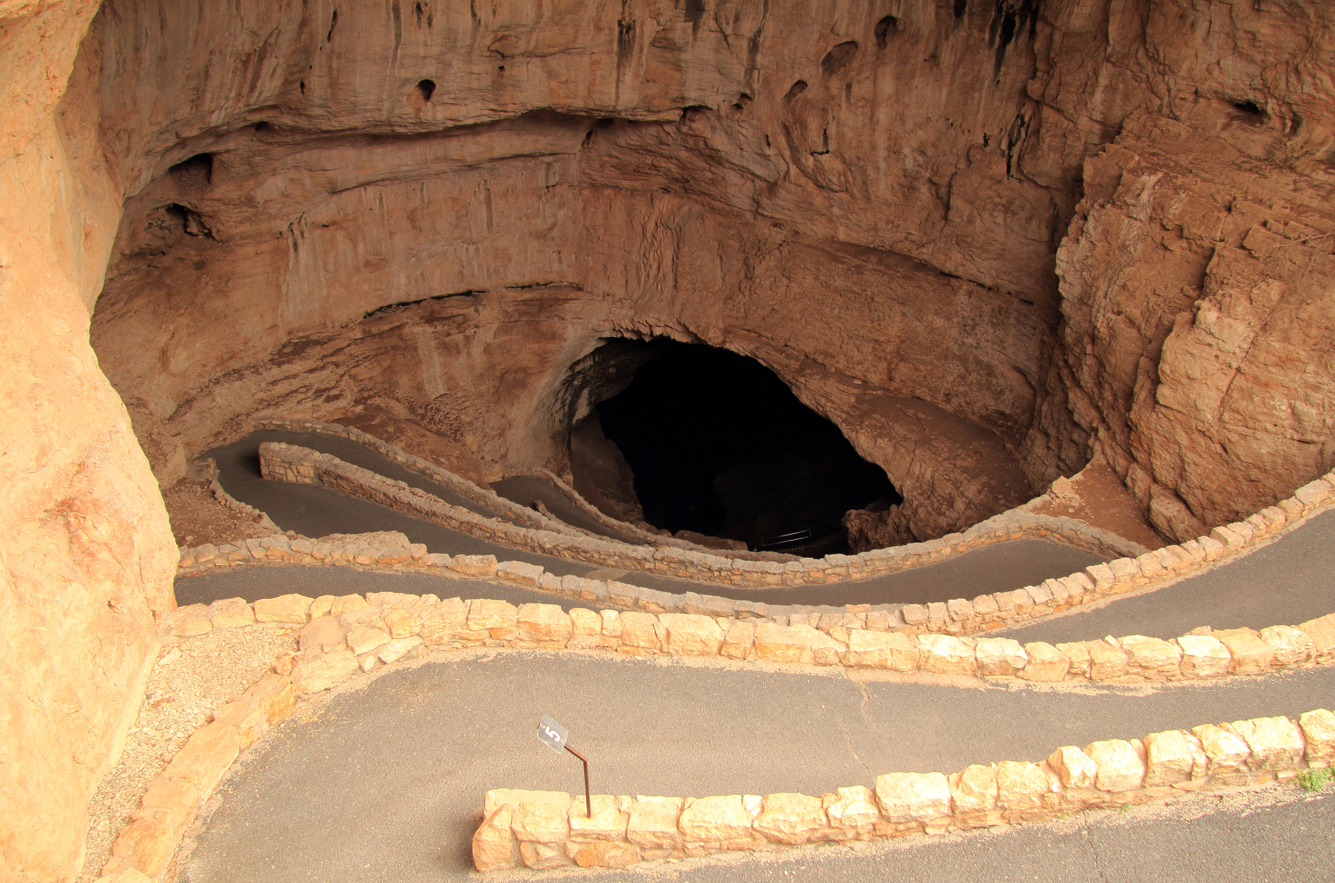After an absent-minded guest left a bag of Cheetos deep within Carlsbad Caverns, the National Park Service (NPS) responded with a stern warning. Unsightly trash and plastic pollution aren’t the only issues, they cautioned; the garbage could have had a significant impact on the wider ecosystem of the ancient cave system.
The bag of food was dropped in Carlsbad Caverns’ so-called Big Room, the largest single cave chamber by volume in North America, which takes around an hour of walking underground to reach.
Left to fester in the pits of the humid cave, the full bag of cheesy snacks sent a tiny shockwave through the local ecosystem.
“The processed corn, softened by the humidity of the cave, formed the perfect environment to host microbial life and fungi. Cave crickets, mites, spiders, and flies soon organize into a temporary food web, dispersing the nutrients to the surrounding cave and formations. Molds spread higher up the nearby surfaces, fruit, die and stink. And the cycle continues,” the NPS said in a Facebook post.
“At the scale of human perspective, a spilled snack bag may seem trivial, but to the life of the cave it can be world-changing,” they explained.
Entrance to the Carlsbad Caverns in New Mexico.
Image credit: William Silver/Shutterstock
Rangers had to spend 20 minutes carefully removing the trash and the mold from the cave surface, hopefully avoiding any lasting impact on the cave.
“Great or small we all leave an impact wherever we go. Let us all leave the world a better place than we found it,” the NPS added.
Trash is a big problem in the US national parks. Over 300 million people visit the national parks each year, generating nearly 70 million tons of trash.
Caves, in particular, are vulnerable environments. Largely cut off from the outside world, they host a rich variety of highly adapted, endemic, and sensitive organisms. If a new addition is thrown into the mix, it can radically upset the balance of biodiversity.
A famous example of this problem unfolded in the Lascaux Cave of southwest France, home to some world’s most famous prehistoric cave paintings. Upon being discovered in the 1940s, it attracted swarms of researchers and tourists who, in turn, raised levels of heat and humidity in the cave while introducing new microorganisms. Fungi and lichen thrived under the new air conditions, causing significant damage to many of the murals.
By the 1960s, the Lascaux Caves were closed to the public to prevent further deterioration of the paintings, and the 18,000-year-old art remains protected behind steel doors and security cameras to this day.
Let’s hope no one left any snacks down there…
Source Link: Dropped Cheetos Could Have Triggered Ecosystem Chaos In Largest US Cave Chamber
